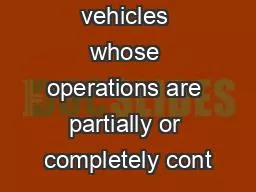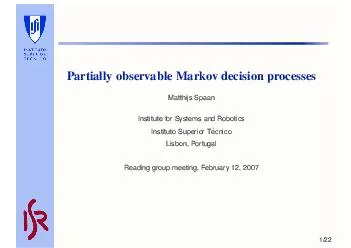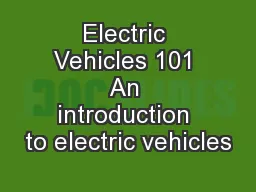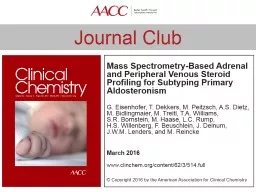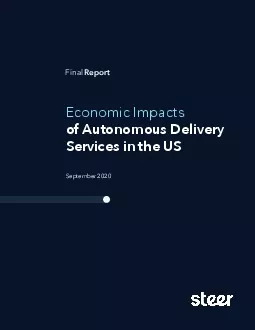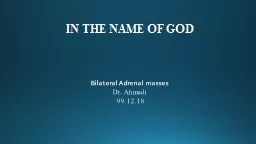PDF-AVs include vehicles whose operations are partially or completely cont
Author : ethlyn | Published Date : 2021-10-01
5000 in 2050 based on a diverse set of sources Fagnant and Kockelman 2015 report incremental capital costs of 10000 per AV at a 10 percent market share declining
Presentation Embed Code
Download Presentation
Download Presentation The PPT/PDF document "AVs include vehicles whose operations ar..." is the property of its rightful owner. Permission is granted to download and print the materials on this website for personal, non-commercial use only, and to display it on your personal computer provided you do not modify the materials and that you retain all copyright notices contained in the materials. By downloading content from our website, you accept the terms of this agreement.
AVs include vehicles whose operations are partially or completely cont: Transcript
Download Rules Of Document
"AVs include vehicles whose operations are partially or completely cont"The content belongs to its owner. You may download and print it for personal use, without modification, and keep all copyright notices. By downloading, you agree to these terms.
Related Documents

